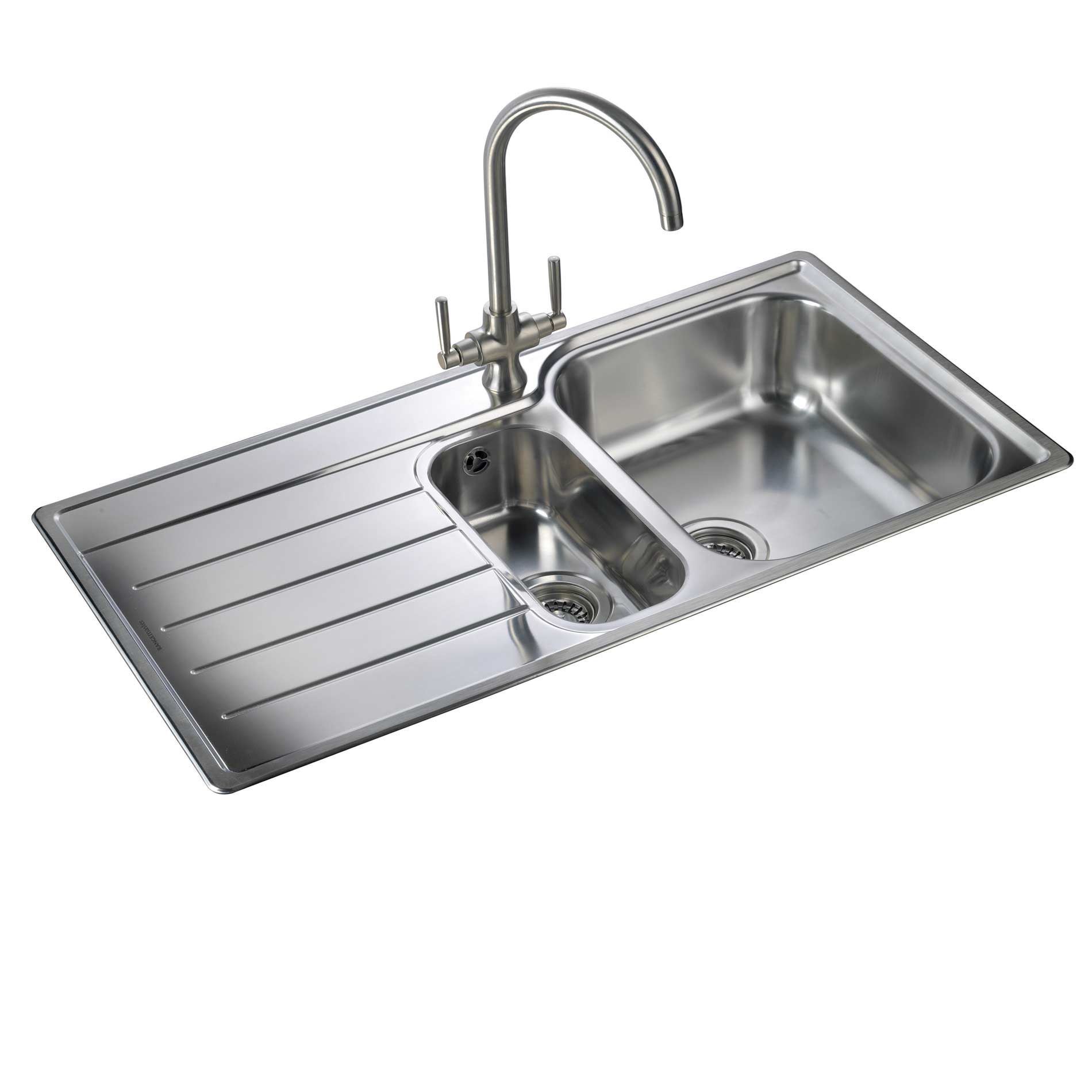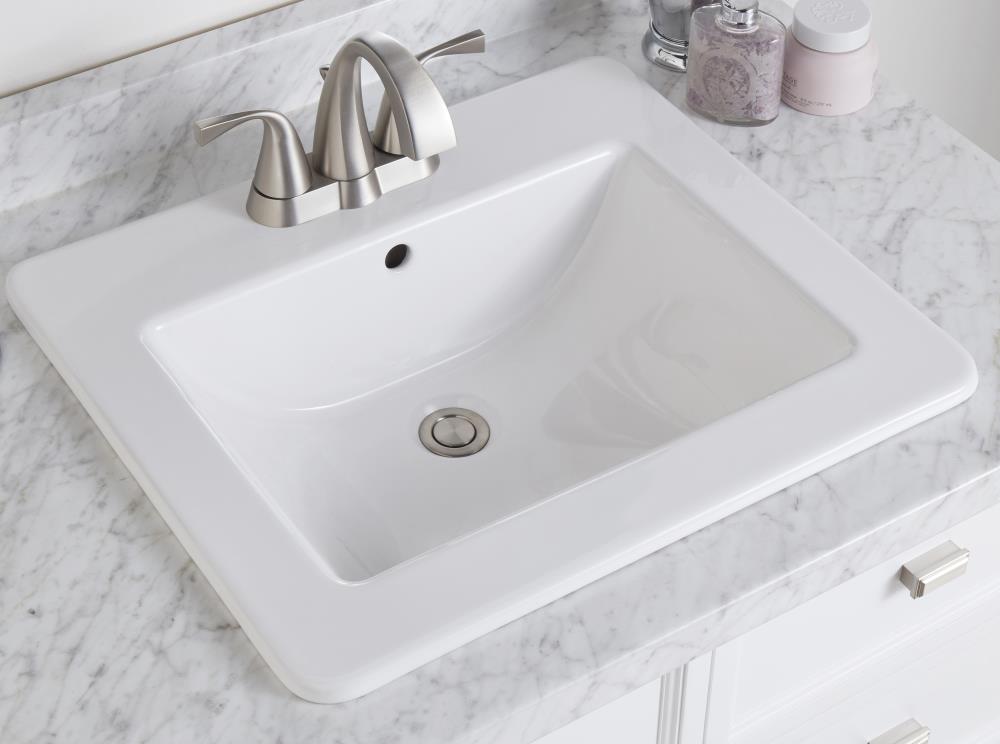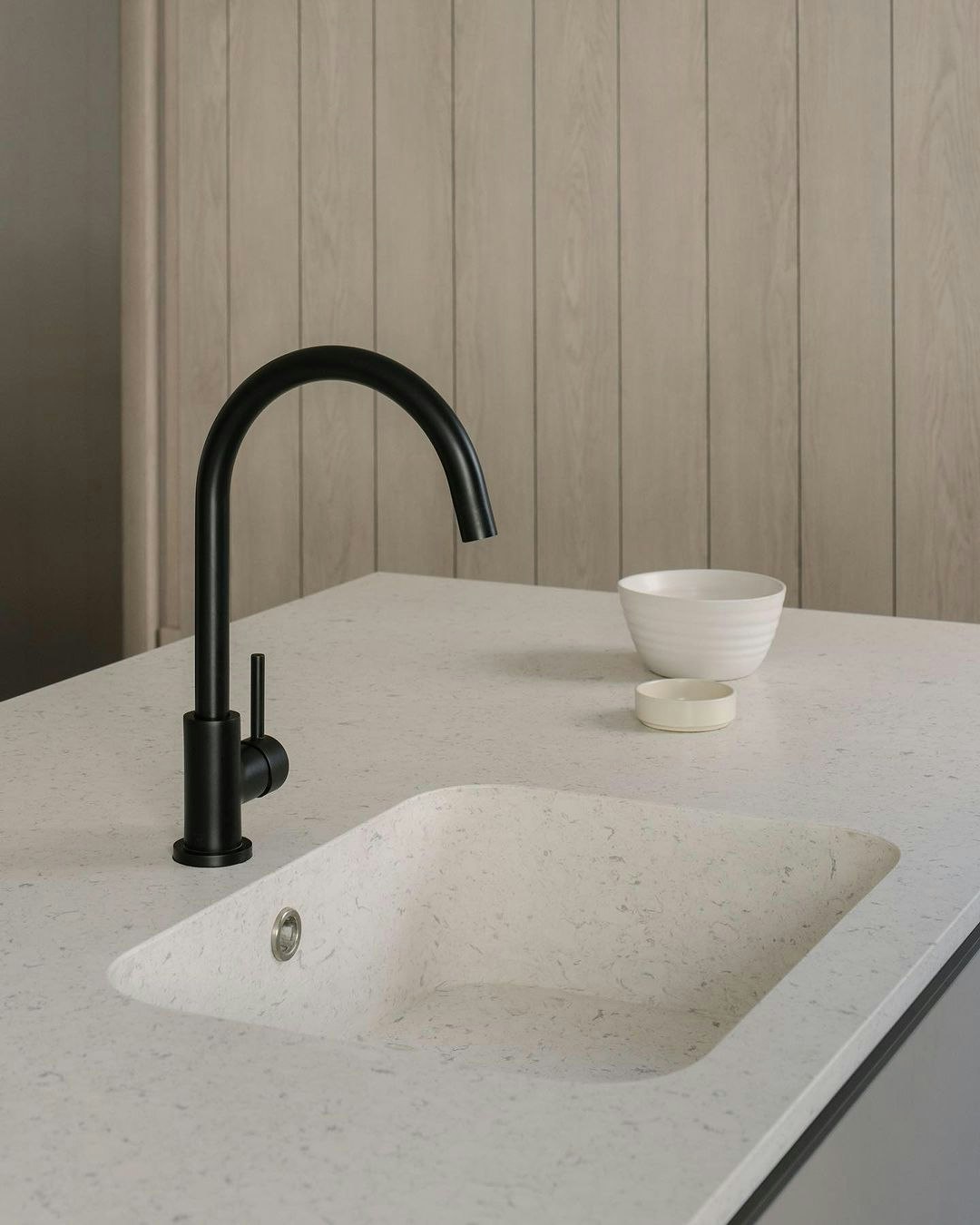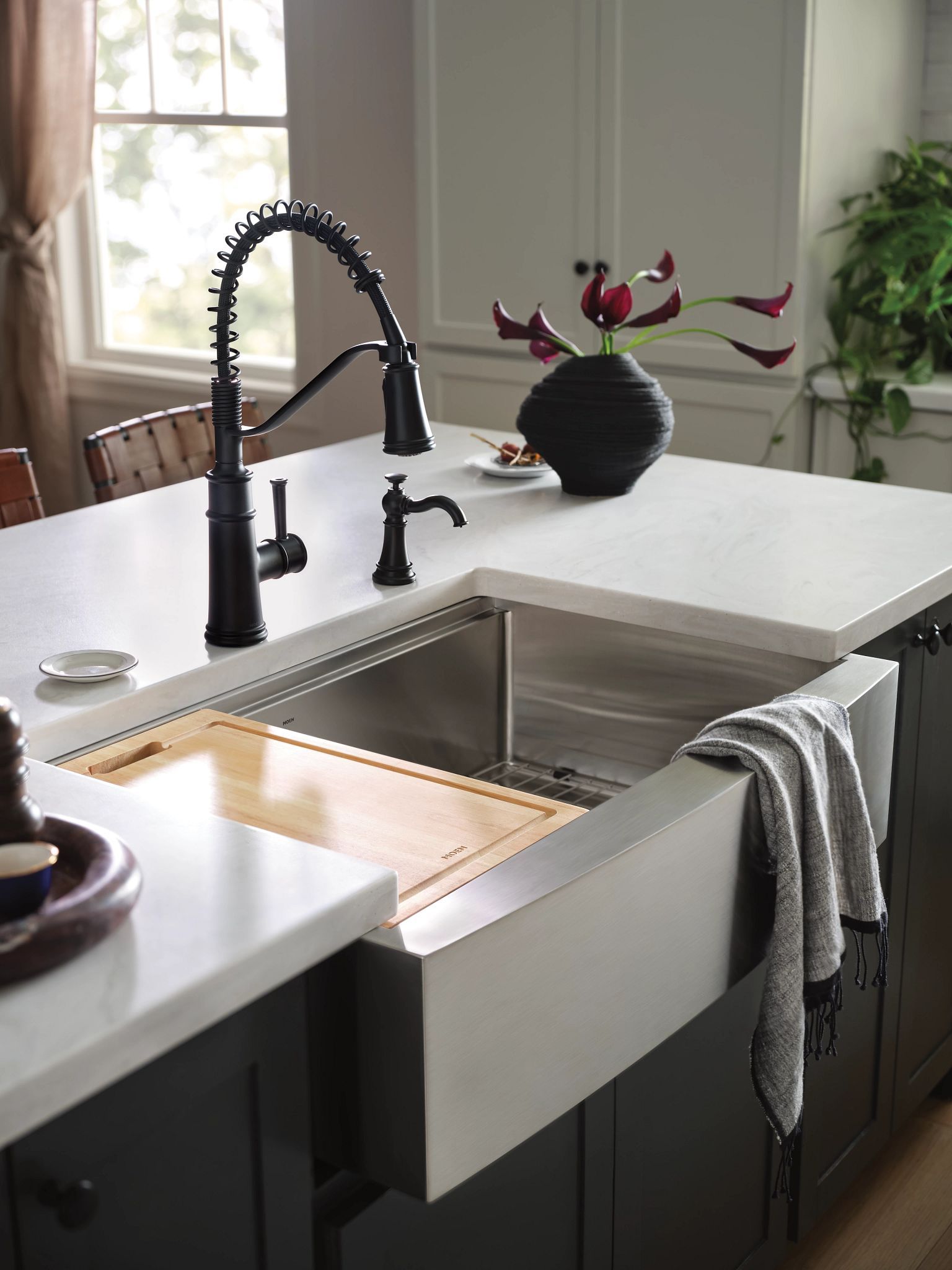1. Introduction: Understanding the Issue
A leaking sink can be a frustrating and messy problem for homeowners. One common source of leaks is the drain gasket, a small rubber or silicone seal that sits between the sink leaking drain and the underside of the basin. Over time, this gasket can deteriorate, crack, or become misaligned, allowing water to seep out and cause damage to your cabinets and floors. In this comprehensive guide, we’ll walk you through the steps to identify a drain gasket leak and guide you on how to fix it, ensuring a watertight seal and peace of mind.

2. Signs of a Drain Gasket Leak
Before diving into the repair process, it’s crucial to identify the signs of a drain gasket leak. Common indicators include water pooling around the base of the sink cabinet, a musty odor emanating from the drain area, or visible water stains on the cabinet floor or walls. Additionally, you may notice a gradual decrease in water pressure or an increase in your water bill, indicating a continuous leak. By recognizing these symptoms early on, you can address the issue promptly and prevent further damage to your home.
3. Tools and Materials Needed for the Repair
Before tackling the repair, gather the necessary tools and materials to ensure a smooth and successful process. You’ll need an adjustable wrench, pliers, screwdriver, plumber’s putty or silicone sealant, a new drain gasket, and a bucket or container to catch water. Having these items on hand before starting the repair will save you time and frustration, allowing you to focus on fixing the leak without interruptions.
4. Preparation: Clearing the Sink and Cabinet Area
Start by clearing out the sink and cabinet area to provide ample space for the repair work. Remove any items stored under the sink, such as cleaning supplies or kitchenware, and place them in a safe location to avoid water damage. Wipe down the cabinet interior to remove any water or debris, ensuring a clean and dry work area. By preparing the space beforehand, you’ll have better access to the drain assembly and make the repair process more efficient.

5. Step-by-Step Repair Guide
- Step 1: Turn Off the Water Supply Begin by turning off the water supply valves located beneath the sink. This will prevent water from flowing into the sink during the repair and minimize the risk of flooding or water damage.
- Step 2: Remove the Sink Stopper and Drain Assembly Unscrew the sink stopper or pop-up assembly using an adjustable wrench or pliers, depending on the type of drain. Remove any remaining water from the sink and set aside the drain components for reinstallation later.
- Step 3: Loosen the Drain Nut Using an adjustable wrench, loosen the drain nut connecting the drain pipe to the bottom of the sink. Be gentle to avoid damaging the threads or the sink basin.
- Step 4: Replace the Drain Gasket Carefully remove the old drain gasket from the underside of the sink basin and discard it. Place the new drain gasket in position, ensuring a snug fit between the sink drain and the basin.
- Step 5: Reassemble the Drain Assembly Reattach the drain pipe and tighten the drain nut using an adjustable wrench. Reinstall the sink stopper or pop-up assembly, ensuring proper alignment and functionality.
- Step 6: Test for Leaks Turn the water supply back on and fill the sink with water to test for leaks. Check for any signs of water seepage around the drain area or under the sink cabinet. If no leaks are detected, the repair was successful.
6. Additional Tips for Maintenance and Prevention
To prolong the lifespan of your drain gasket and prevent future leaks, consider implementing regular maintenance and preventive measures. Avoid using harsh chemical drain cleaners that can deteriorate the gasket material and cause damage. Instead, opt for natural cleaning solutions or enzymatic cleaners to keep your drains clear and clog-free. Additionally, inspect the drain assembly and gasket periodically for signs of wear or damage, and replace as needed to maintain a watertight seal.
7. Troubleshooting Common Issues
While fixing a sink leaking from the drain gasket is relatively straightforward, there are some common issues you might encounter during the repair process. Here are a few troubleshooting tips to help you address these challenges:
- Difficulty Removing the Drain Nut: If the drain nut is stuck or difficult to remove, apply penetrating oil to the threads and let it sit for a few minutes to loosen the connection. Use a wrench with a longer handle for better leverage, and avoid applying excessive force to prevent damaging the sink or drain pipe.
- Misalignment of Drain Components: If the drain assembly components don’t align properly during reassembly, double-check the positioning of the drain gasket and ensure that all parts fit snugly together. Adjust the alignment as needed before tightening the drain nut to create a watertight seal.
- Persistent Leaks: If leaks persist after replacing the drain gasket, inspect the drain pipe and other components for damage or corrosion. Tighten any loose connections and consider replacing worn or damaged parts to eliminate leaks. Additionally, apply a thin layer of plumber’s putty or silicone sealant around the edges of the drain gasket for added protection against water seepage.

8. Seeking Professional Assistance
If you encounter any difficulties or feel unsure about completing the repair yourself, don’t hesitate to seek professional assistance. A licensed plumber can provide expert guidance and ensure that the repair is performed correctly, minimizing the risk of further damage or complications. While DIY repairs can be cost-effective, investing in professional assistance for complex or challenging issues can save you time, frustration, and potential costly repairs in the long run.

9. Conclusion: Ensuring a Watertight Seal and Peace of Mind
In conclusion, fixing a sink leaking from the drain gasket is a straightforward repair that can be completed with basic tools and materials. By following the step-by-step guide outlined above and implementing preventive maintenance measures, you can ensure a watertight seal and avoid the hassle and expense of water damage repairs. Whether you’re a seasoned DIY enthusiast or new to home repairs, addressing a drain gasket leak promptly will save you time, money, and frustration, allowing you to enjoy a leak-free sink and peace of mind for years to come.


